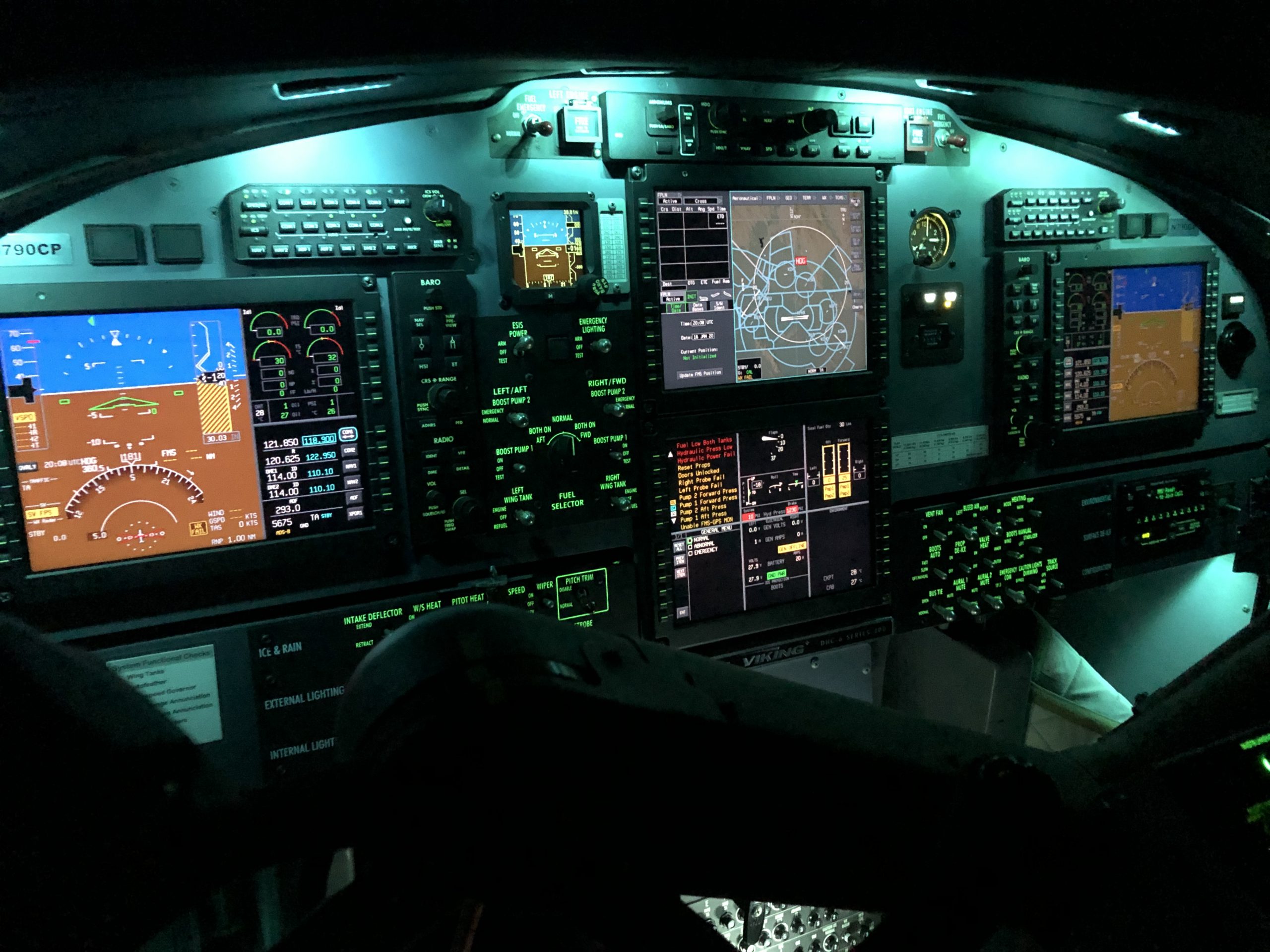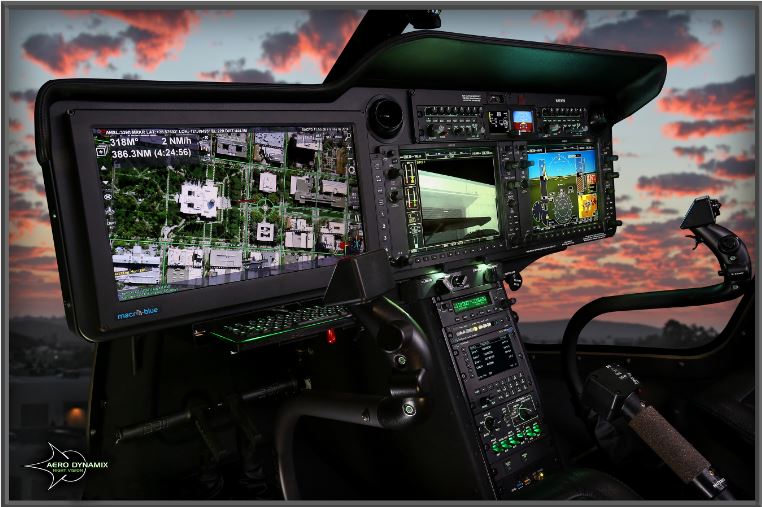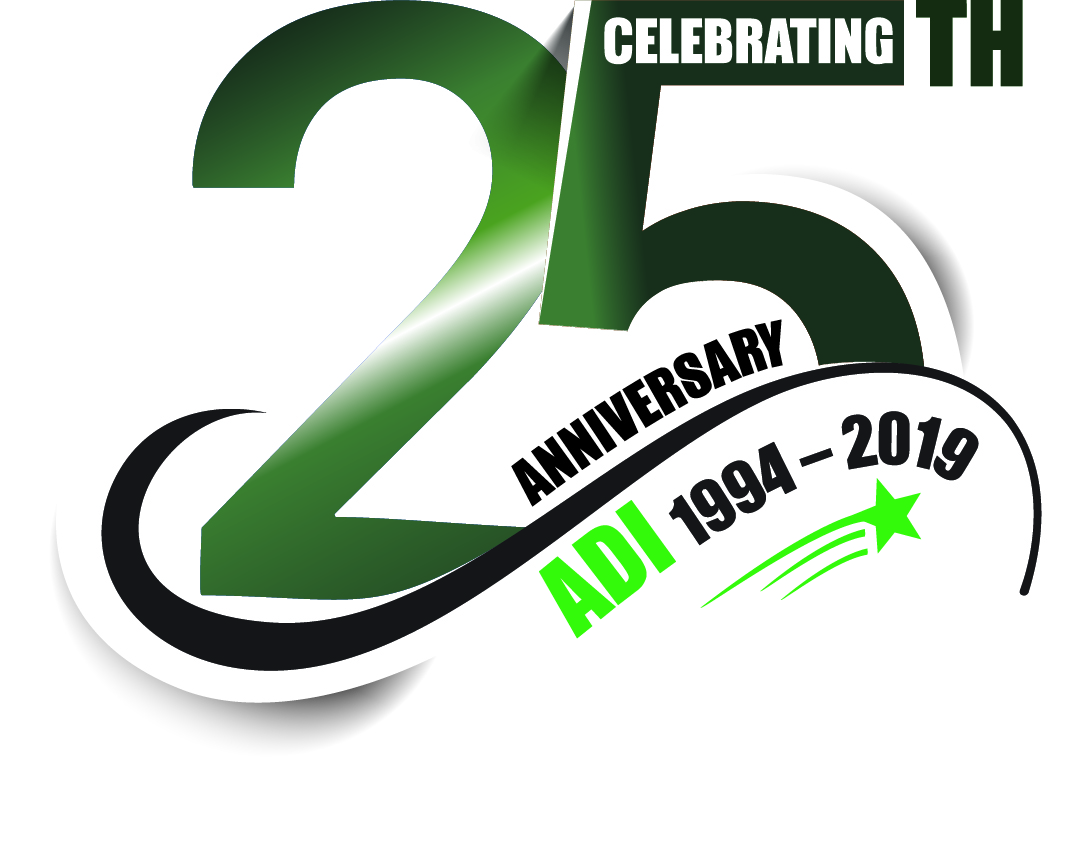Night Vision Lighting
Night Vision Goggles (NVG) provide an extraordinary capability for the pilot/observer to “look” outside the aircraft at night. This vision allows a pilot to fly closer to terrain and perform safe landings and takeoffs as well as provide covert surveillance. The NVGs are sensitive to infra-red (IR) light which comes from the stars and moon. The IR light reflects off the terrain and is “seen” by the NVG’s.
Cockpit lighting allows a pilot to see his instruments and radios at night. Cockpit lighting, however, emits mostly infra-red light itself because it is usually incandescent. Incandescent lighting emits more than 90% of its energy in the IR range that the NVG are sensitive to. Result, the NVGs are blinded by vast amounts of IR present in the cockpit since they are designed to pick up small amounts of IR at a distance. So, standard lighting is not compatible with using NVGs since they are sensitive to even the dimmest standard cockpit lighting.
NVG aided flight operations originated during the Vietnam era and evolved for many years with increased use by primarily military operators. The technical quality and capabilities of the NVGs improved steadily and began to receive interest from other areas of aviation for its improved safety and operational capabilities.
In the late 1980’s and early 1990’s civilian operators started doing operations with NVG goggles and many would turn off the aircraft lighting or tape over light sources that could not be turned off or dimmed. Today, NVG aided flight has become commonplace among military and civil (especially first responders) air operations. There are a variety of cockpit lighting solutions available There are also rigorous regulatory standards that govern civil NVG air operations. These standards are regulated by the FAA, EASA, and other regulatory agencies worldwide. See “FAA Certification 101” for more information.





Leave A Comment
You must be logged in to post a comment.